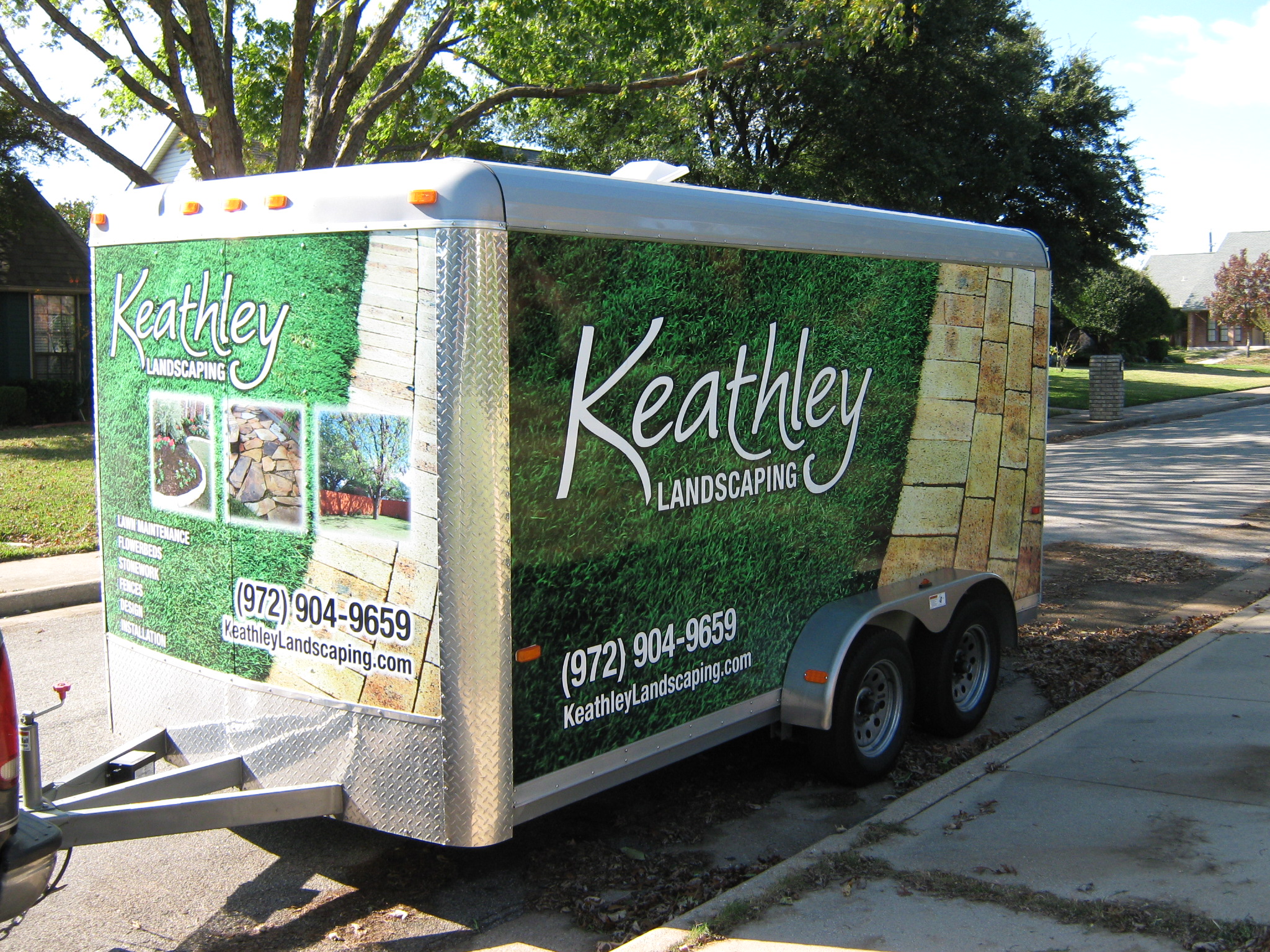Maximizing Yard Drainage with Native Plant Landscaping
Are you tired of dealing with a soggy yard every time it rains? 🌧️ You’re not alone! Many homeowners struggle with poor drainage in their yards, but there’s a natural solution that can help—native plant landscaping. By incorporating plants that are naturally adapted to your local environment, you can enhance both the beauty and functionality of your outdoor space. Let’s dive into how you can master this eco-friendly approach!
Table of Contents
1. Understanding Native Plants
2. Benefits of Native Plant Landscaping
3. Choosing the Right Native Plants
4. Designing for Drainage
5. Conclusion
6. FAQ
Understanding Native Plants
Native plants are those that have evolved naturally in a specific region without human intervention. They are perfectly adapted to local soil, climate, and wildlife. This makes them a hardy choice for your yard, especially when dealing with water management.
Benefits of Native Plant Landscaping
Native plant landscaping offers a myriad of benefits, particularly when it comes to drainage:
🌿 Improved Water Absorption: Native plants typically have deep root systems that help water infiltrate the soil more effectively.
💧 Reduced Runoff: By absorbing more water, these plants decrease the amount of surface runoff, reducing erosion and flooding risks.
🌱 Low Maintenance: Once established, native plants require less water, fertilizer, and pesticides, making them a sustainable choice.
Choosing the Right Native Plants
Before planting, it’s crucial to select the right species for your yard’s unique conditions. Here’s how you can do it:
Research Local Species: Look for plants that thrive in your area’s specific climate and soil type. Local garden centers and conservation groups can be valuable resources.
Consider Water Needs: Choose plants that match your yard’s drainage capabilities. Some species prefer wet conditions, while others thrive in drier areas.
Plan for Diversity: A mix of grasses, shrubs, and flowering plants can create a balanced ecosystem and enhance drainage.
Designing for Drainage
Strategic design is key to maximizing the benefits of native plant landscaping:
🔍 Assess Your Yard: Identify areas where water tends to pool and plan to place moisture-loving plants in those spots.
🌼 Create Rain Gardens: These are shallow, planted depressions designed to catch and absorb runoff, perfect for wetter areas.
🌳 Use Contour Planting: Align plants along the natural contours of the land to help slow water flow and increase absorption.
Conclusion
Transforming your yard with native plant landscaping is not only a beautiful way to embrace nature but also an effective strategy for improving drainage. By understanding your environment and choosing the right plants, you can create a sustainable and resilient landscape. Ready to get your hands dirty? 🌿
FAQ
Q1: Can I use native plants in a small yard?
A1: Absolutely! Native plants come in all shapes and sizes, perfect for any space.
Q2: How do I know which plants are native to my area?
A2: Local nurseries and online databases like the USDA Plant Hardiness Zone Map are great starting points.
Q3: Are native plants more expensive than non-native ones?
A3: Initially, they might be priced similarly, but they save money long-term due to lower maintenance and irrigation costs.
Q4: Will native plants attract wildlife?
A4: Yes, they often do! Native plants provide food and habitat for local birds, butterflies, and beneficial insects.
Embrace the power of native plant landscaping and watch as your yard transforms into a thriving, well-drained oasis! 🌺🌿






































Recent Comments